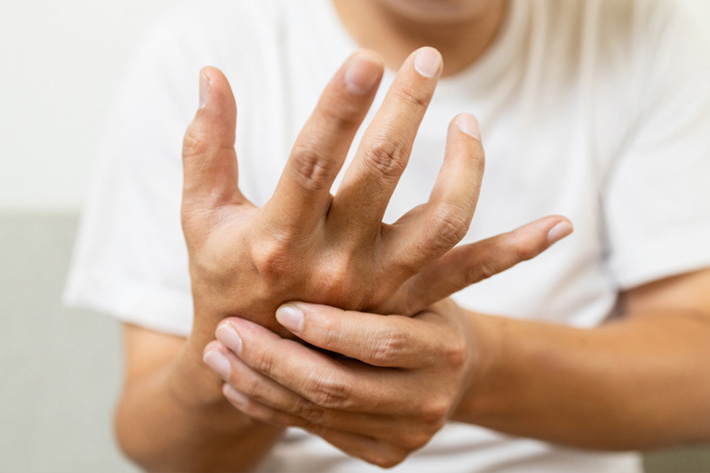Movement disorders in the elderly can significantly impact their quality of life and have several orthopedic implications. Here are some common movement disorders and their potential orthopedic implications:
- Parkinson’s Disease: Parkinson’s disease is a neurodegenerative disorder that affects movement control. It can cause symptoms such as tremors, rigidity, bradykinesia (slowness of movement), and postural instability. These symptoms can lead to difficulties in balance and coordination, increasing the risk of falls and subsequent orthopedic injuries like fractures.
- Essential Tremor: Essential tremor is a movement disorder characterized by involuntary shaking, typically in the hands, but it can also affect other body parts. The tremors can make it challenging for the elderly to perform fine motor tasks, such as buttoning shirts or using utensils. This can result in accidental injuries or strain on the joints and muscles.
- Dystonia: Dystonia is a neurological disorder characterized by sustained muscle contractions, leading to abnormal postures or repetitive movements. Elderly individuals with dystonia may experience muscle spasms or twisting movements that can affect their gait and posture. These abnormal movements can place additional stress on the joints and muscles, potentially causing pain, muscle imbalances, or joint deformities.
- Gait Abnormalities: Various movement disorders can affect gait patterns in the elderly. For example, freezing of gait in Parkinson’s disease or ataxia in conditions like cerebellar degeneration can lead to instability and an increased risk of falls. Frequent falls can result in fractures, particularly in vulnerable areas like the hip, wrist, or spine.
- Osteoarthritis: Although not a movement disorder per se, osteoarthritis commonly affects the elderly and can have significant orthopedic implications. Osteoarthritis is a degenerative joint disease characterized by the breakdown of cartilage. It can cause joint pain, stiffness, and limited range of motion, which can impact mobility and lead to functional limitations.
Orthopedic implications related to movement disorders in the elderly may include:
a. Fractures: Falls resulting from impaired balance or abnormal movements can lead to fractures, particularly in the hip, wrist, or spine.
b. Joint Deformities: Prolonged muscle contractions or abnormal movements can cause joint deformities over time, leading to discomfort and reduced functionality.
c. Muscle Imbalances: Certain movement disorders can result in muscle imbalances and weakness due to the improper use of specific muscle groups. This can lead to abnormal joint loading, pain, and limited mobility.
d. Reduced Range of Motion: Movement disorders can restrict joint movement, resulting in stiffness and reduced range of motion. This limitation may further contribute to functional limitations and orthopedic complications.
e. Pressure Ulcers: Immobility due to movement disorders can increase the risk of pressure ulcers or bedsores, particularly in individuals who have difficulty changing positions independently.
d. Reduced Range of Motion: Movement disorders can restrict joint movement, resulting in stiffness and reduced range of motion. This limitation may further contribute to functional limitations and orthopedic complications.
e. Pressure Ulcers: Immobility due to movement disorders can increase the risk of pressure ulcers or bedsores, particularly in individuals who have difficulty changing positions independently.
In managing movement disorders in the elderly, a multidisciplinary approach involving neurologists, orthopedic specialists, physiotherapists, and occupational therapists is often beneficial. Treatment may include medications, physical therapy, assistive devices, orthopedic interventions (such as joint replacements or corrective surgeries), and fall prevention strategies to minimize the risk of orthopedic complications.





